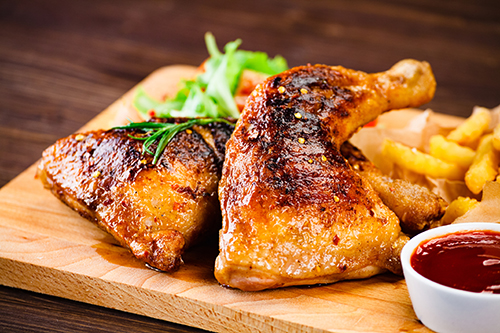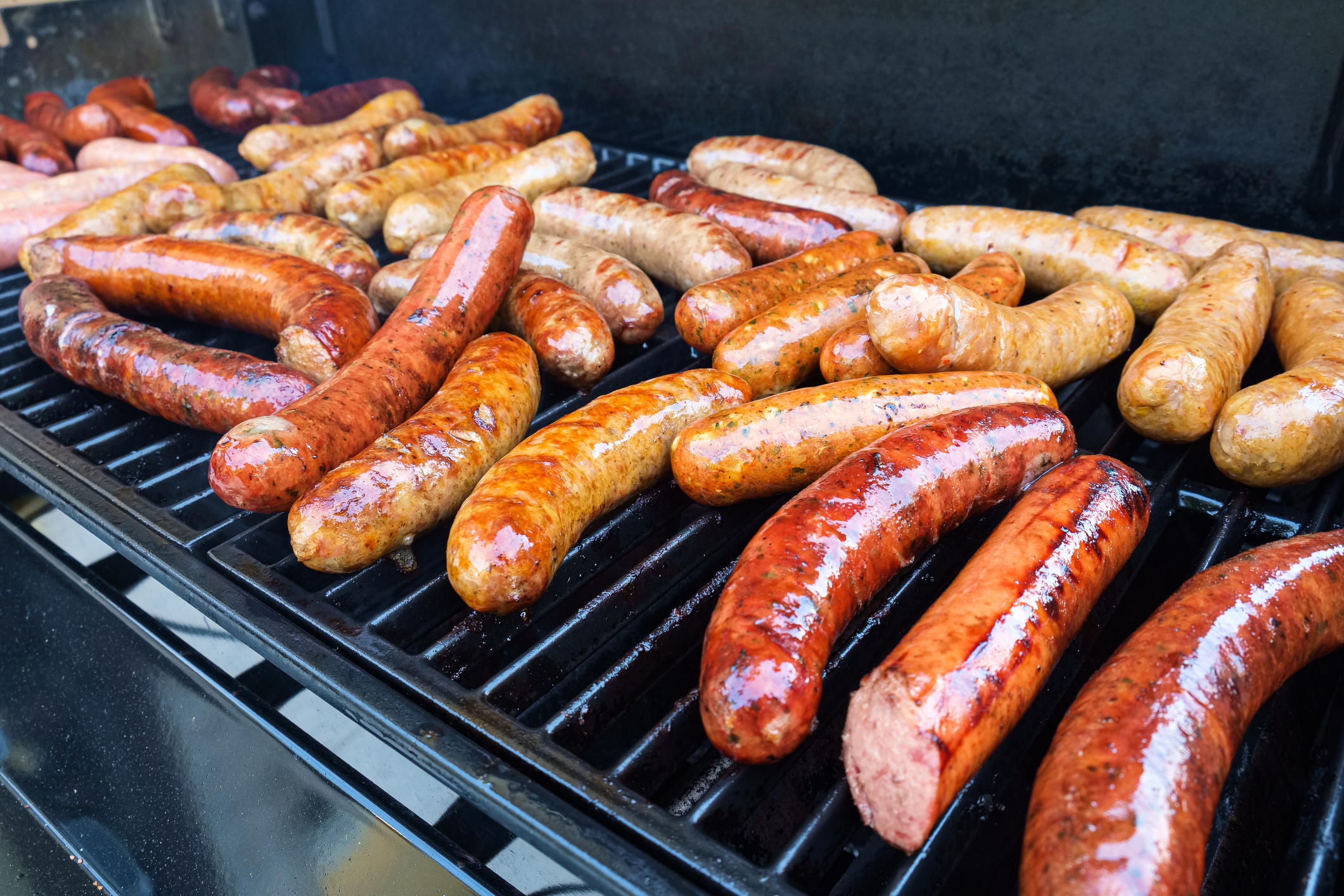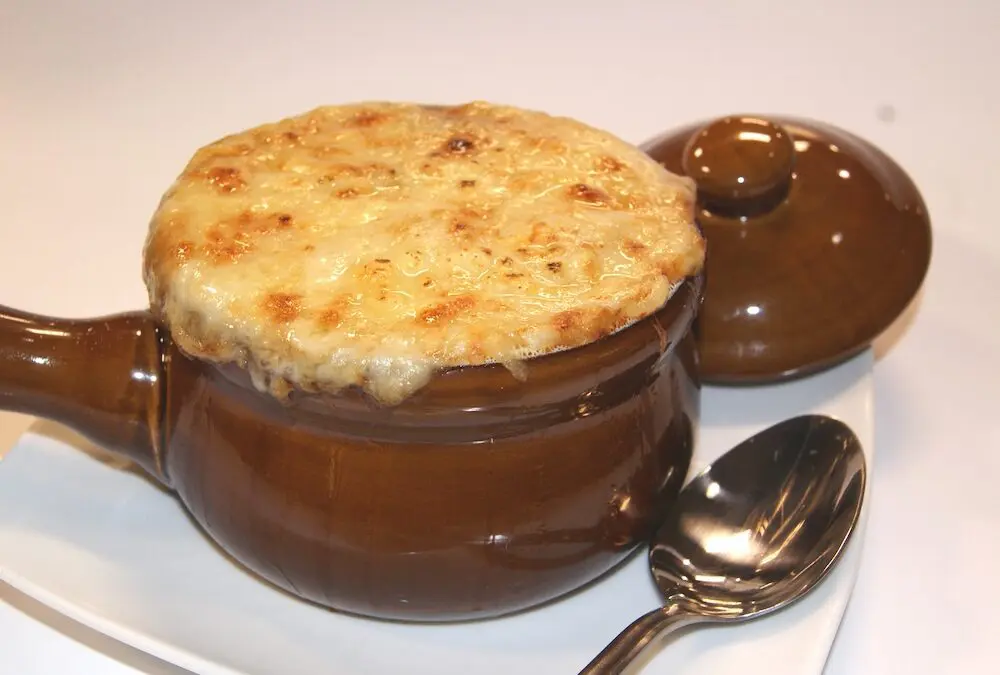The 4th of July holiday weekend is like Christmas shopping for all of our amazingly dedicated carnivorous customers who just love our HUGE selection of meats.
Like a kid in a candy shop, it’s really hard to make choices when every tempting shelf is stacked high with all of their grilling and barbecue menu favorites.

So, to help you choose amongst all these tasty options, we thought it might be helpful to offer you a few helpful tips from our Meat Experts.
For all of you planning on a get together or backyard cookout for more than just your immediate family, variety is something you should definitely consider.
Pork ribs, pulled pork, beef brisket, chicken and perhaps some sausages are just a few of many possibilities for grilling or barbecuing. So, we’ll touch on a few of them.
We’ll start with PORK.
Pork Ribs.

Here, the most popular choices are Spare Ribs, Baby Back Ribs and St. Louis Style Ribs
Spare Ribs: are cut from the pig’s belly area, The bones are wider, larger and meatier than Baby Back Ribs. They also have a bit more of that tasty fat and take a bit longer to cook. Typically, a rack of Spare Ribs has no less than 11 bones, weighs about 2 ½ to 3 pounds, and can feed 3 people.
St. Louis Style Ribs are basically a more trimmed version of Spare Ribs with the breast bone and some cartilage removed. This makes the St. Louis Style (trim), more rectangular and allows them lie flatter on the grill, which in turn, helps them to cook more evenly. Typically, a rack of St. Louis Ribs weighs from 2 to 2 ¾ pounds and feeds 2 to 3 people.
Baby Back Ribs are cut from the pig’s loin area. They are bones are shorter, have a little more curve, and are generally more tender and more lean, than Spare Ribs. They cook more quickly. Typically, a rack of anywhere from 11 to 13 bones weighs around 1 ½ to 2 pounds each and feeds about 1 to 2 people.
Cooking: All 3 types of ribs can be cooked similarly but keep in mind that Baby Back Ribs are a bit smaller and leaner so they will cook more evenly.
Pulled Pork

The cut most commonly used to make Pulled Pork, is the Butt (or Shoulder). Pork Butts range in size between 6 and 9 pounds and can be purchased bone-in and boneless.
Many cooks prefer cooking their butts’ bone-in which they believe gives them a better finished flavor.
Unlike Pork Ribs, which are generally grilled over a medium to hot grill. Pulled Pork is made by cooking or smoke-roasting the Butt low and slow in the oven or a smoker (with heat). The Butts are sometimes brined first, but all are seasoned with a rub before cooking. Typically, cooking temperature is set as low as 190F with some methods choosing temperatures as high as 235 F, which gives you a cook time somewhere between 12 and 16 hours all totaled.
The resulting cooked Butts have meat which is now fall off the bone tender. Once the meat is cool enough to be handled, is pulled apart, moistened with some of its resulting juices and seasoned as desired from there.
Pulled Pork can be served as is, or, on a bun.
Obviously, making Pulled Pork is a 2-day project and thus something that you would begin the day before you intend to serve it.
Beef
Aside from beef steaks, the most popular beef cut chosen for 4th of July cooking is the Beef Brisket.
Beef Brisket

The Beef Brisket is a cut from the front underside of the animal located in the chest area. It is a less tender cut of beef and requires a long and slow cooking method which tenderizes the meat while developing its tremendous beefy flavor.
Beef Briskets at Cattleman’s can be purchased in 3 ways.
- Flat Cut The brisket flat, also known as “first cut” brisket, is the leaner half of the full brisket cut. It has the fat (also known as “deckle”) mostly trimmed away, which causes the cut of meat to lay flat (and gives it its name).
- Point Cut Brisket point is the fattier halfof the full brisket cut, and is a smaller piece of meat. On the plus side, however, is that many agree that is has more flavor than the thinner, flat cut.
- Competition Cut Brisket is our expertly trimmed Angus brisket with deckle removed. Weighing in between 10 and 15 pounds, it’s an excellent, high-yield choice.
Cooking:
Many cooks believe that expertly cooking a Beef Brisket is a true test of culinary skill.
It requires careful trimming, possible brining, a flavorful rub, a long, slow cooking (usually with some smoke, additional basting, wrapping, and other “special” treatments along the way.
Finally, after the cooking is done, it’s rested, then carefully trimmed and sliced, against the grain, for additional tenderness.
If cooked totally on an outdoor grill (whether charcoal or gas) this 4th of July favorite requires hours of moderately low heat and careful attention.
Chicken

One of THE most popular choices for your grilling menu is chicken.
There are so many choices of cuts that you truly can’t go wrong picking any one of them.
They include: Chicken breast (with or without the wing attached), thigh and leg quarters, thighs only, drumsticks only and finally, half chickens.
All of the above (minus the drumsticks) can be purchased either bone in, or fully boneless.
Cooking:
Brining ANY of your chicken choices is always a good idea.
Brining before grilling super-soaks the chicken meat and adds additional flavor. It helps keep the chicken moist while grilling and is especially beneficial to chicken breasts, which are lean, and therefore can be dry if overcooked.
Another tip is to consider buying bone-in chicken for grilling as the bones shields the meat better, which helps the meat stay moist.
Avoid using high heat when grilling chicken. High heat tends to overcook the exterior of the chicken before the interior reaches the critical interior temperature of 165 F.
The chicken may LOOK done, but may still be quite away from actually being fully cooked. For this reason, it is also suggested that you hold back on basting with barbecue sauce until the chicken is cooked at least half way through, or an internal temperature of 150 F or so.
Sausages

You can’t go wrong choosing some sausages to add to your grilling menu. And there are SO many to choose from at Cattleman’s that it would be unfair to even pick out any of our own favorites.
Having said that, amongst your choices you have both fully cooked sausages, such as smoked kielbasa or bologna rings, and fresh sausages such as Italian sausage or brats.
Fully cooked sausages on the grill only need to be reheated and given some marking colors along the way as there is no issue with them needing to reach an internal temperature of 165 F.
Cooking:
Uncooked sausages however, need to reach that critical temperature before being fully cooked. There are 2 ways you can do this:
- Spray your grill grates lightly with vegetable oil, prick the sausage casings in a few, equally spaced places and place them on a medium heat grill. This will help them to cook evenly without burning and also help to prevent the casings from splitting open.
- Prior to placing cooking your raw sausages on the grill, cook them for 5 to 10 minutes in simmering water then afterwards, allow them to fully drain before spraying your grill grates and proceed as normal over medium heat. This will also minimize casing splits and require less cooking time on the grill.
Whether you choose pork, beef, chicken or sausages for your 4th of July menu this year, you can be sure the Cattleman’s has everything you need to make it successful and memorable, including:
Sweet corn and lots of produce, prepared salads, bakery goods with lots of bun choices, chips and dips, seasonings, sodas, charcoal and all your disposable tableware needs.






